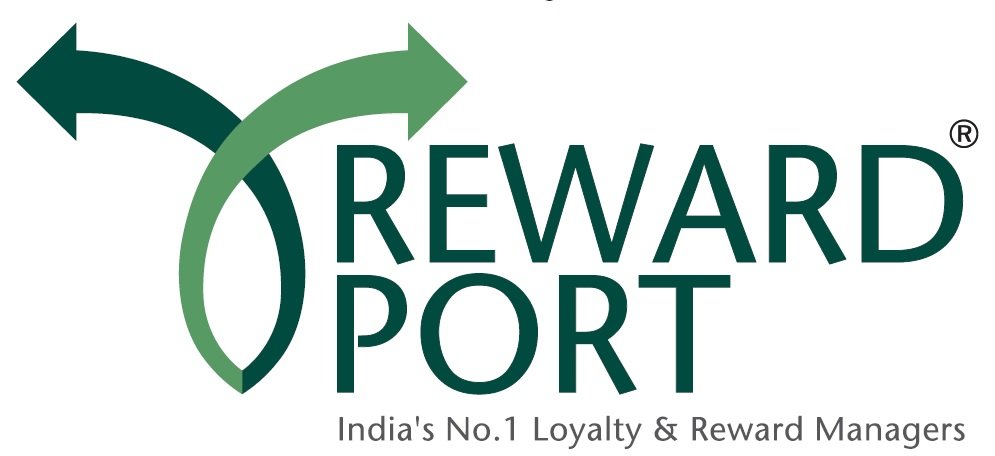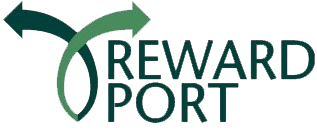A dealer incentive program encourages your channel partners, distributors, and resellers to adopt specific behaviours. The program should reward them with worthwhile incentives for acting as per the need of the business from time to time.
Depending on your market, channel partners can take on a variety of forms and come from a variety of industries. They may be distributors, resellers, independent retailers, affiliates, or even value-added service providers. Consider using channel partner software to make locating them simpler.
In essence, anyone who markets your brand but does not actively support your company can be a partner. Through channel partner programmes, you can most effectively make sure that they are elevating your brand above the competition.

1. Rebates
Rebates are sales-driven incentives that motivate your dealer incentive program to increase their sales of your goods. They are compensated with a portion of the sale. Rebates can be categorised based on the type of consumer and a corporate goal.
- Retention discount
- Blend rebate
- volume discount
- growth subsidy
The most typical incentive scheme is rebates. You’ve probably used one in the past. Consider purchasing a television on Black Friday. You’ll frequently need to send in a form to receive your discount from the sticker price. This implies that you make the whole payment at the register and get your rebate later.
2. Sales Performance Incentive Funds (SPIFs)
SPIFs are intended to motivate the sales force of your dealer incentive program to favourably promote your brand above rivals in exchange for a reward. These bonuses go to the actual sales representative (not the partner).
SPIFs are a great tool to motivate your Channel Partner Program or dealers to work more, especially during sluggish or off-peak periods. Knowing how to utilise them effectively and which sales incentives work best to encourage sales habits are the key skills. Here are some examples:
- Credit cards
- Tickets for entertainment
- Hi-tech devices
- Weekend vacation
- Executive lunch
3. Market Development Funds (MDF)
MDFs are tools you provide to your dealer incentive programs to aid in their marketing and sales initiatives. These rewards could be monetary, knowledge based, or response based.
MDFs are used by marketers in your channel partner teams for a variety of projects, frequently to raise local brand awareness. Here are some instances of how they might employ MDFs:
- Support webinars
- Radio ads
- Start a marketing campaign
- Reserve a space at a trade expo
4. Deal Registration Incentives
Arrange a referral program for partners with a finder’s fee or referral fee as the referral program incentive.
Channel partners typically register online, where you can assess the quality of the lead and choose to accept or reject it. If accepted, your partner has a specific amount of time to complete the transaction before losing their incentive. Never forget that a partnership requires two people to be successful. Always assist your partners in closing the deal during this time by offering support.
Programs for deal registration are an excellent technique to examine consumer behaviour to pinpoint and improve a successful sales cycle.
5. Discounts on Wholesale Products
You work with a variety of customer categories while using B2B wholesale incentives. As a result, each sort of consumer should have a somewhat distinct incentive scheme. Most businesses base their dealer incentive programs and rewards on the amount and frequency of their purchases.
The best way to manage the many packages is to make pricing and term lists for each client or persona. By doing this, you can make sure that you’re always charging your partners fairly.
Depending on how much demand your partner is experiencing, your channel partners may request that you provide a quantity-based discount. Based on the overall order, or total value, of the things you ordered, you would establish pricing tiers.
6. Cross Marketing
The method involves networking with channel sales partners and cross-promotion. The sale of channels involves cooperation. Because a rising tide raises all boats, you benefit when your spouse succeeds. This can involve connecting on LinkedIn and promoting your partner’s marketing and campaigns in tandem on social media.
Channel sales inevitably involve networking. Partnerships will grow stronger if you are connected on social media and provide the groundwork for a real relationship. Your working relationship will be built on a foundation of connected channel sales techniques.
7. Have the sales and marketing materials available
Make sure your partners have the tools they need to succeed while leveraging channel sales. Collateral must be accessible and distributed across channel sales partners, whether it be sales kits for resellers/distributors or end-user marketing materials.
Marketing collateral: The leads for channel sales are brought in by marketing teams. To increase awareness of their products and services, manufacturers and suppliers can control the messaging associated with their brand by employing marketing materials.
Sales Support Materials: Sales training resources help speed up growth and guarantee that your channel partners can effectively explain a product’s or service’s value proposition. Competitive data sheets, interactive webinars, sales scripts, client testimonials, and other marketing materials are examples of this type of collateral.
8. Upsell Meaningful Connections
Put quality before quantity. Organisations frequently look to enhance their partners while trying to grow channel sales. Quality must always take precedence over quantity, though. Before going out to make new friends, concentrate on strengthening your current connections. How can you improve the sales performance of your present partners?
9. Communication
The solution to this problem’s primary cause lies in effective communication. Since so many variables are at play, such as consistency, availability, frequency, or even confusion now of contact, cross-channel communication can be challenging.
Additionally, there are numerous parties involved in channel sales, and while they often have the same goals, different companies represent various viewpoints. As a result, the messaging is inconsistent throughout the channel.
Like incentives and incentive schemes, communication breakdowns within your channels need to be obvious. Partners should be aware of who to contact about concerns.
10. Explain Rewards & Incentive Programmes
Incentive schemes are typical in channel sales. Give your partners valuable incentives, and they’ll work hard for you. Even though most channel sales partners currently have incentive and reward programs, it’s surprising how frequently they can be disorganised and hence useless.
Metrics for incentive schemes for channel sales must be made explicit. This entails having clear expectations for each channel’s sales and revenue yield, which should be supported by adequate research.
To build incentive programs, a precise assessment of each sales channel’s potential, including the number of potential consumers, the size of those customers, and the revenue potential are required.
11. Put Quality Before Quantity
More partners are not always better than reliable partners. Retaining your current partners is far more cost-effective than finding new ones, especially if you’re in the manufacturing sector and working with channel partners.
The world of manufacturing is small. Finding a new mate is expensive, and there aren’t that many of them out there. Invest in your channel partners when you find them. Give your channel partners the tools and encouragement they need to succeed.
Conclusion
At RewardPort we curate programs, especially for your dealers with a dedicated team of expert marketers ensuring repeat sales. Our programs are cost-effective and customised as per your needs.
Frequently Asked Questions
What are the benefits of Dealer incentives?
Offering incentives to your dealers can have the following benefits:
Motivates them to sell more and consequently, your revenue goes up
A strong relationship between you and your dealer
Dealers work harder to earn more incentives.
How do you create a Dealer incentive program?
To create a dealer incentive program, you first need to identify your goals and be very clear about what you want to achieve with this program. After that, set a budget and decide the rewards or incentives accordingly. The rewards can be monetary as well as non-monetary. Just keep in mind that the incentives are good enough to motivate your dealers.
What are the terms of the Dealer incentives program?
The terms of the dealer incentives programs can be flexible, and you can decide the same on your own for your dealers. A few things that you need to include in the terms are:
The requirements: Keep the eligibility for incentives higher than the sales achieved by your dealers in the last year.
The rewards: Also mention clearly what type of rewards/incentives you are going to offer.
The rules: You can add some general rules as well. But make sure to keep them simple and easy to understand.


